In April I wrote about some of the attractions to be found in the Thai capital, Bangkok, and I thought a second item – this time about regional Thailand and with a focus on its food – might be a good idea.
If, like me, you enjoy a good curry and Asian food generally, you may already have discovered the diverse range of foods originating in Thailand.
Thai food is known for its delicious flavours, astounding variety and aesthetic appeal. However, Asian food served in Western countries has often been modified over time to suit the local palate. It can therefore be a huge shock, and a pleasant surprise, to taste a familiar dish prepared in its country of origin.
Here then are some must-eat dishes from different regions of the Thai Kingdom that will surprise and delight you, including some that you may not be familiar with.
The North
Northern Thailand, bordering Laos and Myanmar, is known for its thickly forested mountains inhabited by several hill tribes, each with its own language and culture. In the provincial capital, Chiang Mai, the old city has noteworthy Buddhist temples dating to the Lanna Kingdom, including 14th-century Wat Chedi Luang. Numerous elephant sanctuaries can be found nearby.
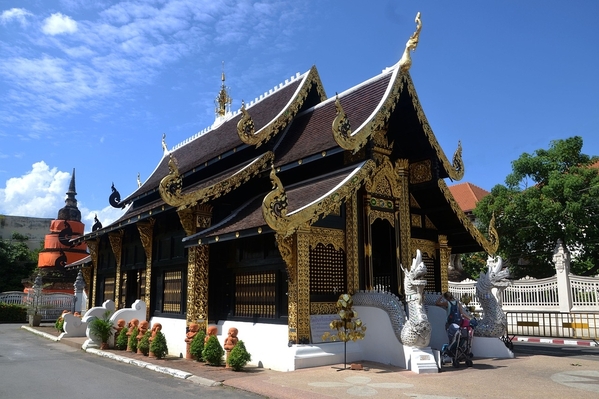

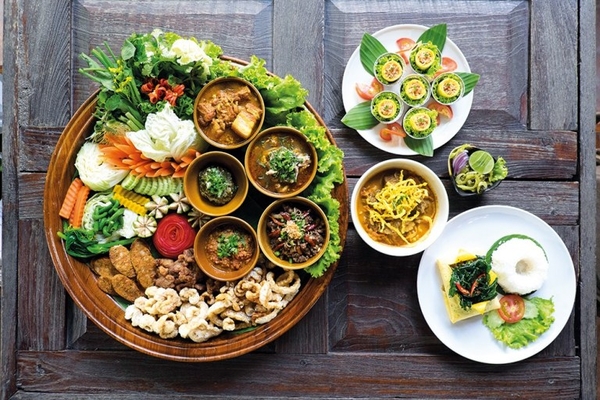
Continuing a dining tradition of old Chiang Mai and the Lanna Kingdom, a khan toke dinner (pictured above) features a small round table upon which is served a variety of dishes in individual bowls. People sit on mats or cushions around the table and choose from the dishes on offer. They typically include such staples as sticky rice, chicken or pork curry, fried chicken, vegetables, soup, fried pork skin and chilli dips. During the dinner, there are traditional dance, music and sword performances to entertain diners.
A delicious dish that’s iconic of Chiang Mai, khao soi is a creamy yellow curry soup with egg noodles and slow-cooked chicken (sometimes beef) that’s tender enough to slide right off the bone. It’s topped off with crunchy fried noodles for a splendid contrast to the egg noodles. The tasty soup is typically made with coconut milk, and sides like lime, shallots and pickled vegetables offer even more tantalising flavours.
The Northeast (Isan)
Lap is a spicy salad dish from north-eastern Thailand and neighbouring Laos, not just a vegetable salad but with meat.
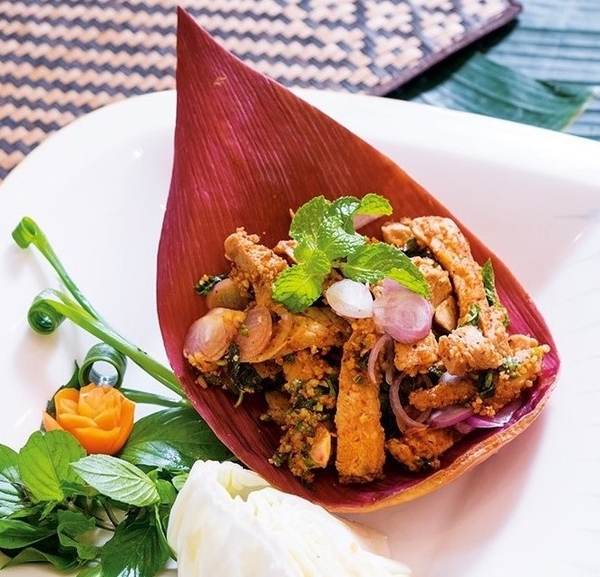
Often eaten with sticky rice, two of the most popular variations are lap kai (chicken) and lap mu (pork – pictured above), in which the meat is minced and tossed with fish sauce, lime juice, chilli flakes, mint, basil and red onions, as well as toasted rice for a touch of crunchiness. Lap wun sen is another variation that uses glass noodles or vermicelli.
Spot a food vendor vigorously mushing away with a mortar and pestle, and there’s a good chance he or she is making som tam.
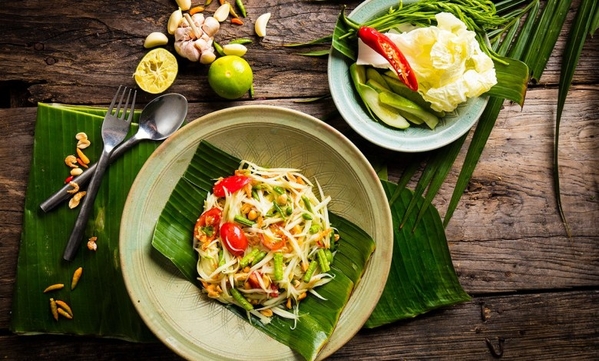
This spicy green papaya salad (above) is a north-eastern dish widely consumed throughout Thailand, often together with sticky rice and grilled chicken. Som tam is made to a customer’s particular liking and the usual ingredients include sliced tomatoes, long beans, peanuts, dried shrimp, garlic, fish sauce, lime, palm sugar and sometimes freshwater rice paddy crabs.
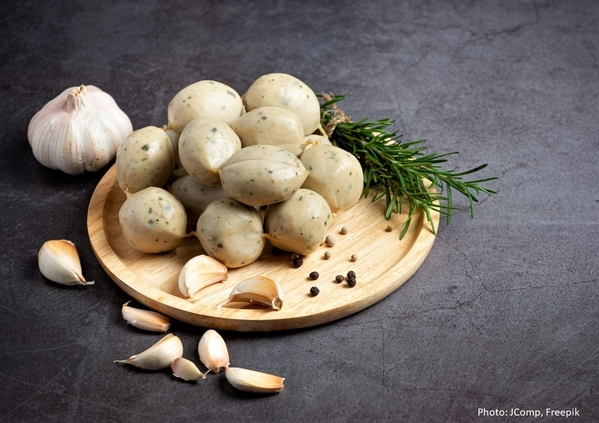
Literally translating to ‘sausage from the northeast’, sai krok Isan is a garlicky fermented sausage made of pork and rice. The rice helps the fermentation process that gives the sausage its signature tanginess. Sai krok Isan can be eaten on its own or with sticky rice, and also fresh cabbage leaves and ginger to counteract the garlic element.
Nam tok in Thai means waterfall, and nam tok nuea is a juicy, tangy beef salad typically eaten with sticky rice and so named for the juices dripping from the meat as it is grilled. Shallots, onions, lime juice, mint leaves and ground roasted rice are added to the beef, which is sliced into bite-size pieces.
Central Thailand
This region includes the Thai capital, Bangkok, by far the largest city in the country. A dish usually eaten with rice, massaman is a rich, relatively mild curry in which spices not frequently used in Thai curries, such as cinnamon, nutmeg, mace, cardamom, cloves, cumin, bay leaves and star anise are combined with local produce like dried chilli peppers, cilantro seeds, lemongrass, galangal, white pepper, shallots and garlic.
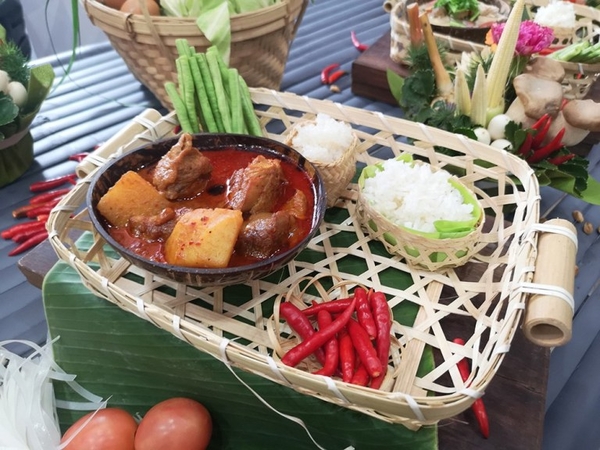
Due to its Muslim roots, massaman (above) is most commonly made with chicken, although there are beef, mutton and duck variations. Potatoes and onions are added, as well as coconut milk and peanuts.
Kaeng khiao wan is a green curry dish also eaten with rice. Coconut milk and fresh green chillies give this curry its creamy green colour, and it tends to be more pungent than the milder red curries. Along with fish, fish balls or meat, other ingredients include fish sauce, Thai eggplant, pea aubergine and vegetables.
Kaeng som or Thai sour curry is a spicy fish curry or soup with vegetables, one that is made without coconut milk and which gets its characteristic sour taste from the tamarind used in its preparation. The favoured vegetable ingredients include cauliflower, white radish, cabbage, carrot, long beans, Chinese cabbage and asparagus. Shrimps are a popular alternative to fish for this dish, also eaten with rice.
With their unique spongey texture, Thai fish cakes or thot man pla hold sauces and other liquids well and so when they’re bitten into, all those flavours are released. The fish cakes’ own distinctive taste comes from the red curry paste, kaffir lime leaves, shrimp paste and chilli ingredients used to make them.
The South
This region includes the cities of Songkhla, Phuket and Hua Hin. Few dishes say ‘Southern Thai cuisine’ more than khao yam paktai, a tart and salty rice salad that contains an array of ingredients including carrots and long beans, sour mango, pomelo, ground dried shrimp or fish, roasted coconut, kaffir lime leaves, lemongrass and chillies. A main component of this dish is a distinctive salad dressing called nam budu made from fish or prawns fermented with salt. The rice eaten with khao yam paktai is typically cooked with Morinda leaves or butterfly pea flower juice, for colour and aroma.
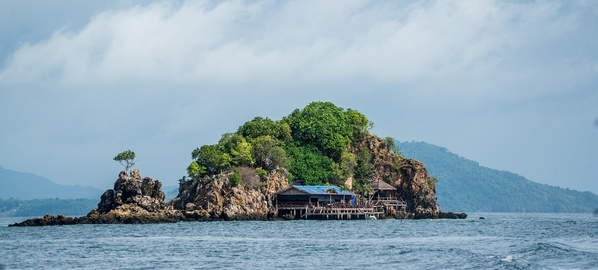
Kho Phi Phi Island, Southern Thailand.
While to some it is an acquired taste, in the south of Thailand phat sato is a popular snack. Also known as stink beans due to their powerful aroma, these nutrition-packed beans are commonly stir-fried in a curry paste blended from other robust ingredients like garlic and chillies and are accompanied by pork or shrimps.
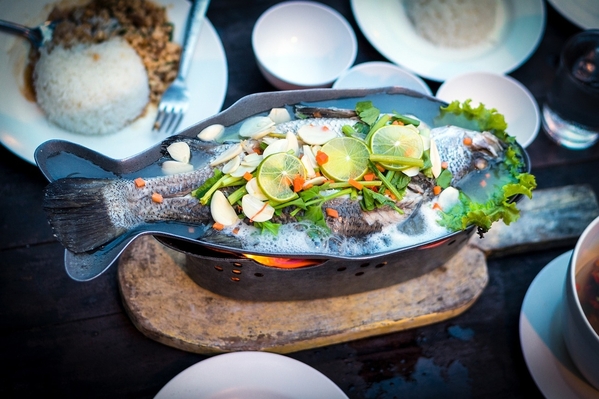
Pla thot kamin or turmeric fried fish is another popular Southern Thai dish. The fish most commonly used is pla daeng, a type of threadfin bream, and this is cooked to slightly crispy. The use of garlic and turmeric – known for its many medicinal and health properties – enhances the dish’s flavours.
The East
Thai massaman has been ranked among the world’s best food dishes by CNN, and a delicious variation from Eastern Thailand is Thai massaman durian curry with chicken. It’s a delightful fusion of the great flavours of the massaman curry and the so-called ‘king of fruits’, and it makes sense given that the eastern province of Chanthaburi is famed for its fruit production, especially durian.
Chamuang leaves are a popular ingredient in eastern Thai cooking and notable dishes that feature their tart, sour taste sensation include kaeng mu bai chamuang or pork belly curry with sour Chamuang leaves and tom bai Chamuang, which is similar to the world-famous tom yam soup.
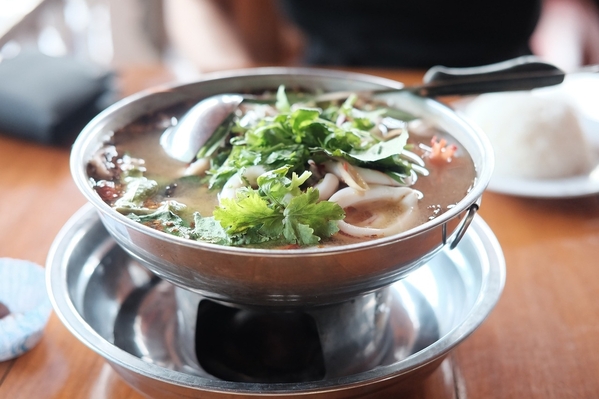
Ban Bueng pork noodle soup is a well-loved clear soup dish associated with Chon Buri’s Ban Bueng district, which features dried squid and fried Chinese fish balls. Eastern Thailand is well-known for its resort city of Pattaya.
Thai street food
It would be an omission not to mention the tasty, cheap street food for which Thailand is famous. It's cooked on a cart or in a small shop-house kitchen while customers wait at a roadside table. Street food can be found all over Thailand, although the Thai government has cracked down on some food stalls in Bangkok in recent years, banning them from main roads.
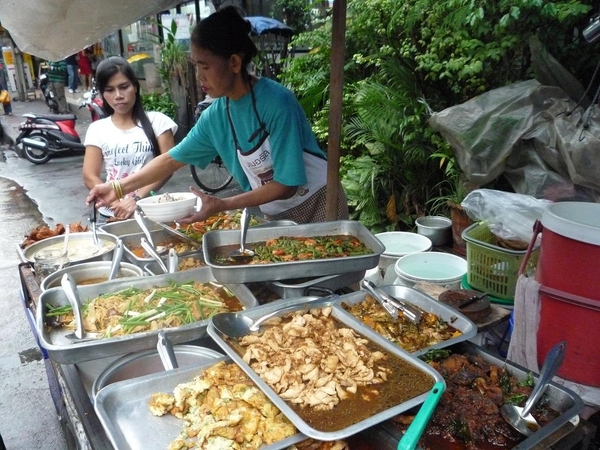
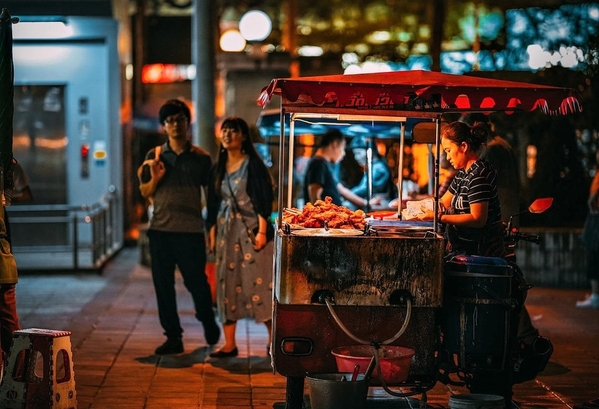
The most common street-food dishes include ba mee moo daeng or noodles with red pork, khao moo daeng (red pork on rice), khao man gai (chicken on rice), khao na ped (duck on rice) and a delicious dish of braised pork leg served on rice called khao kha moo. Other favourites include khao soi, a curry-flavoured chicken noodle soup, and the popular fried noodle dish pad thai.
Thai Airways International flies from most major cities to Bangkok, with direct connections to regional towns.
Title picture: Huen Muan Jai, a popular restaurant in Chiang Mai.

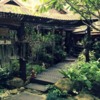



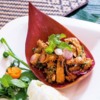

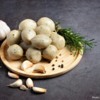






Comments (4)